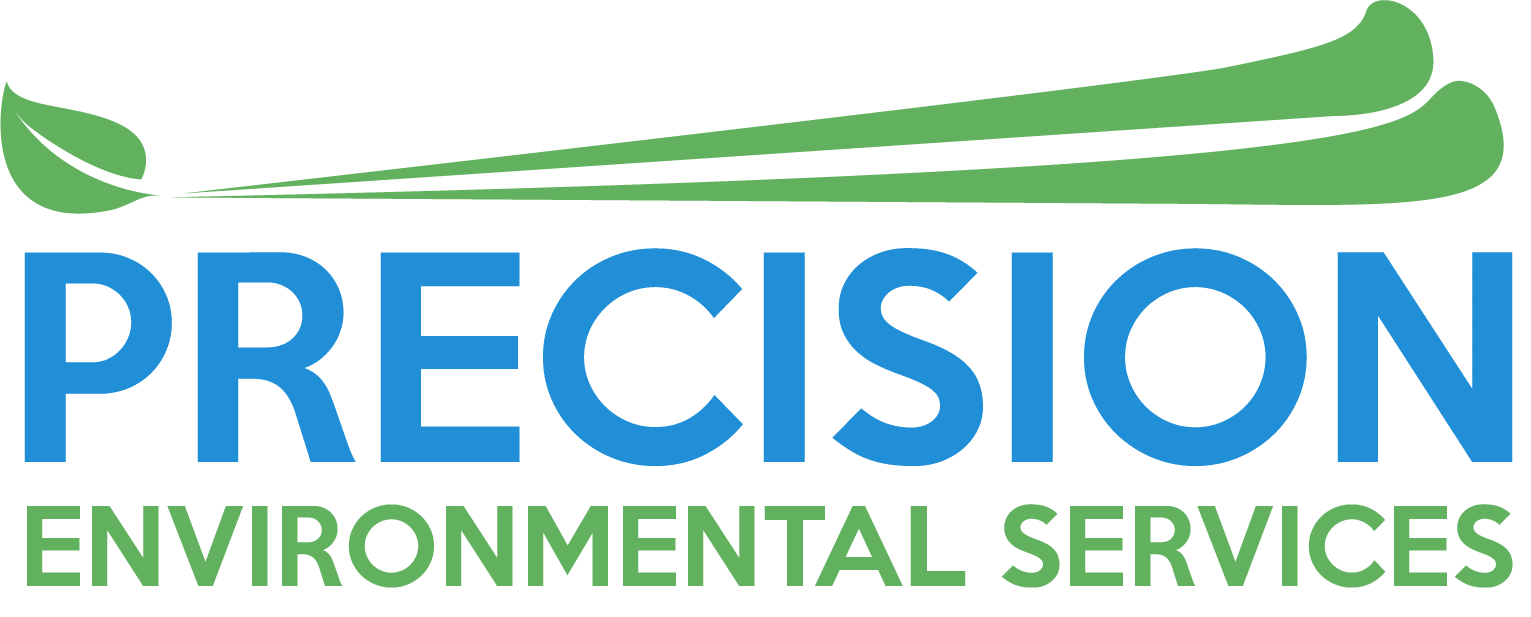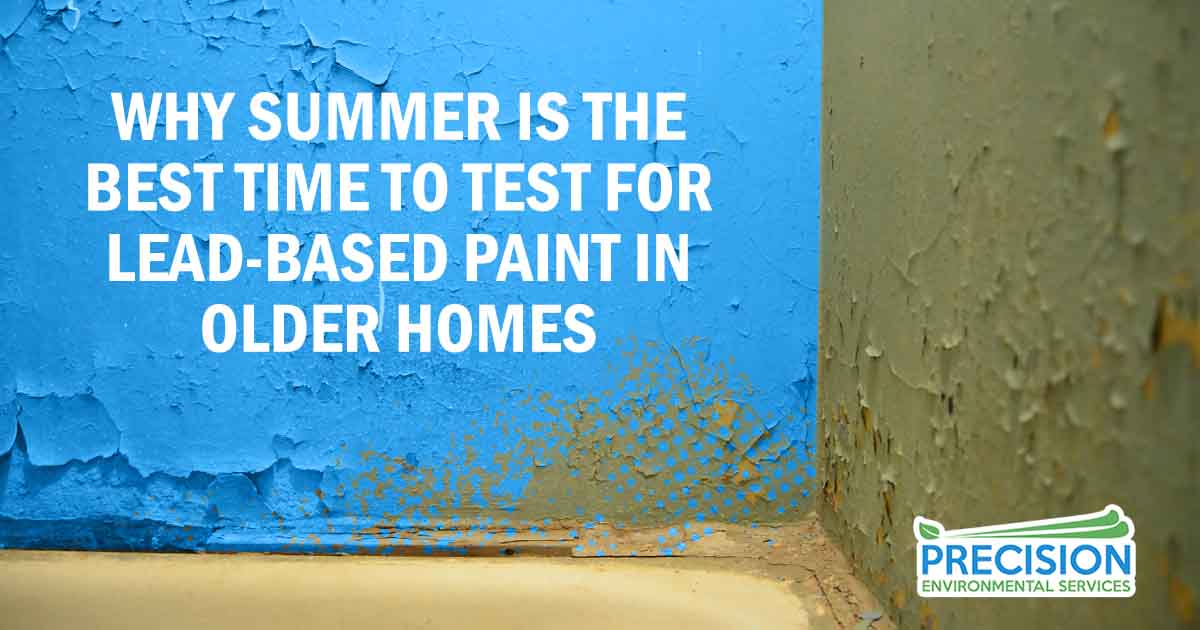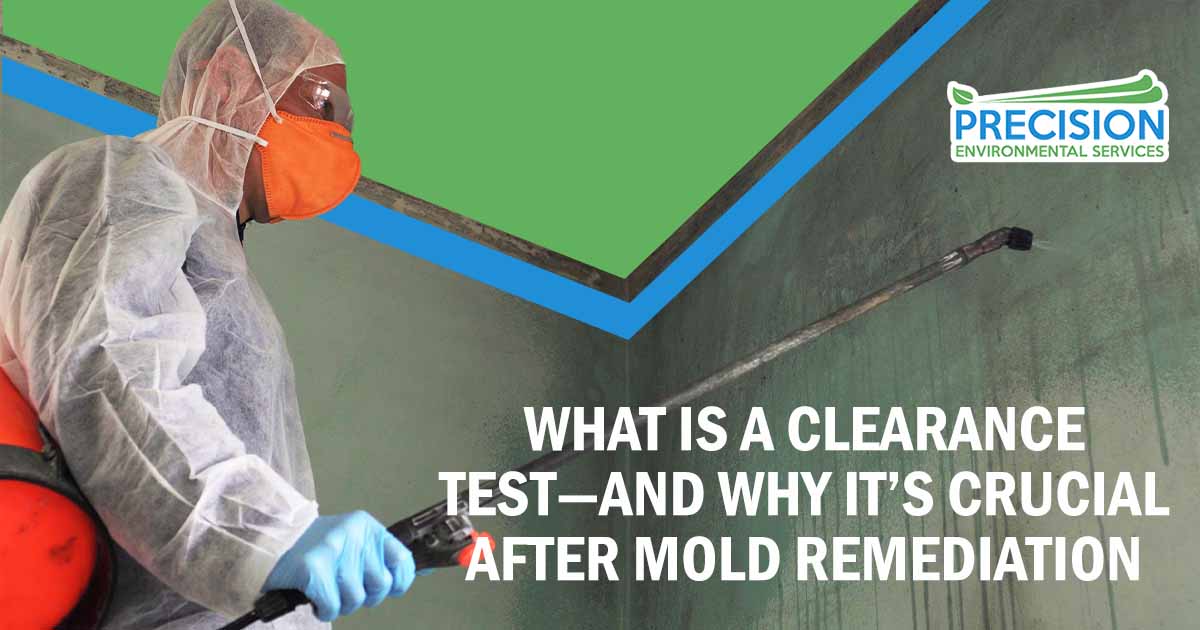Frequently Asked Questions
Get Estimate
Asbestos
Asbestos is a mineral fiber that occurs in rock and soil. Learn more about asbestos.
Known for its fiber strength and heat resistance, asbestos has been used in a variety of building construction materials for insulation and as a fire retardant. Asbestos can be found in a wide variety of building materials including fireproofing, pipe insulation, roofing felts and tars, ceiling and floor tiles, joint compound, and mastics.
One of the most common questions regarding asbestos is whether it is linked to cancer. The answer is yes, based on extensive research and studies by medical scientists. If asbestos is damaged or disturbed, it releases fibers into the atmosphere that can be breathed in through the nose and throat. These fibers attach to the airway and lungs, eventually irritating the cells and causing cancer, especially mesothelioma.
Asbestos exposure makes children more vulnerable to mesothelioma compared to adults because the fibers have a greater impact on younger individuals. Mesothelioma is a deadly disease caused by asbestos exposure.
Inhaling the harmful fibers of this hazardous substance can lead to asbestosis, a chronic respiratory disease characterized by scarring of the lungs. The symptoms of asbestosis include difficulty breathing and a rattling sound in the lungs. Unfortunately, there is currently no effective treatment for this fatal disease.
Exposure to hazardous fibers can result in lung cancer, which is the most common and fatal disease associated with it. Smokers who have been exposed to it at work are at a higher risk of developing lung cancer than those who haven’t. The risk of developing the disease increases with the extent of exposure. Symptoms may take years to appear after exposure.
Most people who have developed an asbestos-related disease have been exposed to millions of fibers per day for many months or years due to their job, which is known as “occupational exposure”. However, there have been documented instances where people have developed the disease from even minimal exposure. It is widely believed that there is no level of asbestos exposure that is safe. Furthermore, asbestos exposure can be hard to detect as there are no immediate symptoms. Typically, it takes 20-40 years after exposure for symptoms to show up.
Asbestos exposure can cause three primary diseases: asbestosis, lung cancer, and mesothelioma. However, it may take 10 to 20 years or longer for symptoms to appear in most people who were exposed to asbestos.
The risk of developing asbestosis and lung cancer is higher if a person is exposed to higher amounts of asbestos for a longer period of time. However, the same does not apply to mesothelioma. Some people have developed this disease even with low levels of exposure over a short duration.
Exposure to asbestos does not guarantee the development of health issues. Your risk of health problems from asbestos exposure depends on several factors including the most important ones such as:
- The duration and frequency of your asbestos exposure
- The amount of asbestos you were exposed to
- The size and type of asbestos you were exposed to
- The time period since your exposure began
- Any pre-existing lung conditions you may have, such as asthma or COPD
- Whether or not you smoke cigarettes. Please note that smoking in conjunction with asbestos exposure greatly increases the risk of lung cancer.
Asbestos fibers may be released into the air by the disturbance of asbestos-containing material during demolition, building or home maintenance, repair, and remodeling. In general, exposure may occur only when the asbestos-containing material is disturbed or damaged in some way to release fibers into the air.
If your house was constructed before 2000, it may have asbestos materials. However, you don’t need to take any action since it’s not harmful unless it’s impaired or disrupted, which can occur during specific DIY tasks, renovations, or demolitions.
If you’re considering doing any work in this situation, it’s important to be cautious and get professional advice. You’ll need to have an asbestos surveyor visit your home to conduct a survey and potentially collect material samples. After collecting the samples, a specialist laboratory tests them for asbestos fibers and identifies the type of asbestos present. Depending on the results, hiring a licensed asbestos removal contractor may be necessary to safely remove and dispose of the material from the property. Some asbestos containing materials can be repaired and/or protected from additional damage. However, this needs to be done by a trained professional.
You may also consider having an asbestos survey if you’ve just purchased a property built prior to 2000.
If the asbestos-containing material (ACM) remains undisturbed and in good condition, it won’t cause harm even if the building you work in was built using this material. Harm can only occur when the ACM becomes damaged and airborne.
The building managers are responsible for managing any ACMs in the building and must follow a specific plan to minimize any risks. If the ACMs get damaged or disturbed, professionals should repair or remove them, like in domestic properties.
A professional and qualified surveyor can conduct an asbestos survey on any residential or commercial property to locate and identify any ACMs.
The surveyor will gather sufficient data to create an asbestos register, management plan, and risk assessment. The survey will include sample collection for analysis and detection of asbestos content.
It is not mandatory by law, but it is strongly advised that you organize an asbestos survey to be conducted on your property if you believe there may be asbestos-containing materials present. The surveyor will provide a report with all their findings and recommendations after the survey is completed.
If you suspect that there may be asbestos-containing materials (ACMs) in your home, there are a couple of ways to test for them. You can either hire an accredited professional to take samples and have them analyzed, or you can purchase a do-it-yourself testing kit.
Be aware, however, that taking samples yourself is not always accurate, and should only be done as a last resort. The best option is to have a professional take care of it. Not only will they have the proper equipment and training, but they’ll also know how to minimize the risk of exposure during the sampling process.
Asbestos testing usually involves taking multiple samples from different areas of the suspected material. The samples are then sent to a laboratory for analysis. The results of the testing will determine if asbestos is present and, if so, what type it is.
There are two main types of asbestos: chrysotile and amphibole. Chrysotile, also known as white asbestos, is the most common type found in homes. It’s often used in insulation and fireproofing materials. Amphibole asbestos, on the other hand, is less common but more dangerous. This type includes brown asbestos (amosite) and blue asbestos (crocidolite), which are both banned in the US.
If you find that your home does contain ACMs, it’s important to have them removed by a professional. Asbestos removal is a complex and dangerous process, so it’s not something you should try to do yourself. In most cases, the best option is to have the materials removed by a company that specializes in asbestos abatement.
If you have ACMs in your home, it’s important to take steps to minimize your exposure to them. This includes avoiding any type of renovation or repair work that could disturb the materials and release asbestos fibers into the air. If you must perform work in an area with ACMs, make sure to take precautions such as wearing a respirator and keeping the area well-ventilated.
Asbestos exposure can lead to serious health problems, including lung cancer and mesothelioma. If you think you may have been exposed to asbestos, it’s important to see a doctor and get tested. Early detection is key to treatment and survival.
Friable means that a material is able to be reduced to a powder by hand pressure. Asbestos containing materials that are friable have a much greater tendency to release fibers into the air. Conversely, non-friable asbestos containing materials do not easily release their fibers into the air. Non-friable materials must be mechanically impacted to release fibers. Asbestos containing floors, mastics and siding are considered non-friable materials.
The EPA and NESHAP require that you perform a survey to determine the presence of asbestos in a public building before doing a renovation or demolition. You must also notify the Texas Department of State Health services before you start a project.
Asbestos abatement is the process of removing asbestos-containing materials (ACMs) from a home or building. This is usually done by a company that specializes in asbestos removal.
The first step in the process is to identify all of the ACMs in the space. Once they’ve been identified, the next step is to remove them. This can be done through a variety of methods, including wetting down the materials to prevent fibers from becoming airborne, using negative air pressure to contain the area, and sealing off the area with plastic sheeting.
Once the ACMs have been removed, the final step is to clean up any remaining asbestos fibers. This usually involves vacuuming with a HEPA filter and wet wiping all surfaces.
Asbestos abatement is a complex and dangerous process, so it’s important to leave it to the professionals. If you have ACMs in your home, make sure to take steps to minimize your exposure to them, and see a doctor if you think you may have been exposed to asbestos. Early detection is key to treatment and survival.
The duration of asbestos removal is influenced by the extent of the affected area and the quantity and type of asbestos present. If you have a small project, it might not be necessary to leave your property. Our approach includes using heavy-duty plastic sheets to isolate the contaminated region from your workspace, and your safety will be our priority during the entire process.
You have the option to choose asbestos encapsulation instead. This method takes less time than asbestos abatement and involves applying a protective coating over the asbestos. It is recommended for fixing any damaged or exposed asbestos edges. However, it’s important to note that the asbestos will still be present and could become a concern in the future as the material ages and breaks down.
The purpose of an asbestos re-inspection survey is to let the person responsible for the document the state of any asbestos materials that were previously identified in the building.
Based on the asbestos survey report, asbestos re-inspections should be done every 6-12 months. If the survey identifies your asbestos-containing materials as high risk, more frequent re-inspections may be necessary to manage the risks appropriately. Additionally, it is crucial to review risk assessments and control measures on a regular basis.
Mold
There are several ways to tell if mold is growing in your home. One way is to look for visible signs of mold, such as black or green spots on walls or ceilings. Another way is to smell for musty odors, which can indicate the presence of mold. Finally, you may be able to see or feel mold growth on surfaces that are damp or humid.
Mold can cause a number of health problems, including respiratory infections, allergic reactions, and even skin infections. In severe cases, it can also lead to serious lung diseases such as pulmonary fibrosis. If you suspect that you have a mold problem in your home, it is important to have it inspected and remediated by a professional as soon as possible.
There are currently no established Standards or Threshold Limit Values (TLVs) by the EPA for airborne concentrations of mold or mold spores. This means that there are no regulations or standards for airborne mold contaminants as of now.
Using bleach to address mold growth is not an effective method. This is because mold is like plants and has roots which cannot be removed by bleach. Although bleach may eliminate surface mold, it won’t prevent it from resurfacing. Additionally, even if the mold is dead, it can still retain its toxic and allergenic properties. Therefore, using chemical products alone is inadequate.
After cleaning up standing water post-leak, materials like wood and drywall might seem dry, but they aren’t necessarily so. The human touch cannot detect the moisture content required for mold growth in these materials. Despite feeling dry, they might be moist enough to facilitate microbial growth. It’s advisable to have a professional evaluate the damage and accordingly carry out the drying process.
Lead Paint
A lead-based paint inspection is an important step in determining whether a property contains lead-based paint. This type of inspection can be performed by a certified professional and will involve taking samples of paint from the property in question. These samples will then be sent to a laboratory for analysis, and the results of the inspection will be used to determine whether or not the property contains lead-based paint.
Lead-based paint inspections are important because they can help to identify properties that may pose a risk to human health. Lead is a toxic metal that can cause a range of health problems if it is ingested or inhaled, and young children are especially vulnerable to its effects. If a property is found to contain lead-based paint, it is important to take steps to remove or remediate the problem in order to protect the health of those who live in or visit the property.
If you are thinking about purchasing a property, or if you are already living in a property that was built before 1978, it is important to have a lead-based paint inspection performed. This will help to ensure that you and your family are not at risk of exposure to lead and will also give you peace of mind knowing that your home is safe.
Indoor Air Quality Testing
Indoor air quality is important for two reasons: your health and your wallet. Poor air quality can cause a variety of health problems, including respiratory illnesses, headaches, and fatigue. Furthermore, it can also lead to higher energy bills as your HVAC system works harder to circulate clean air. A professional air quality test will help you determine the source of the problem and identify the best way to improve the air in your home.
Air quality testing is usually performed by taking a sample of the air in your home and sending it to a laboratory for analysis. The lab will test the sample for a variety of pollutants, including asbestos. If asbestos is found, the lab will provide a report that details the type and concentration of asbestos in the air. This information can help you determine whether or not you need to take action to improve the air quality in your home.
A professional indoor air quality test will tell you the level of contaminants in your air, as well as the source of the problem. This information is important in order to determine the best way to improve the air quality in your home. Additionally, an indoor air quality test can also help you save money on energy bills by identifying areas where your HVAC system is working overtime to circulate clean air.
Call for an estimate!
940-597-2673
Latest News
Why Summer Is the Best Time to Test for Lead-Based Paint in Older Homes
May 30, 2025
Homeowners considering summer renovations should prioritize lead-based paint testing in older homes, especially those built before 1978. Disturbing...
What is a Clearance Test—and Why It’s Crucial After Mold Remediation
May 16, 2025
After completing mold remediation, one of the most important final steps is mold clearance testing. This process confirms whether the remediation...
Is Your Office Making You Sick? Understanding Sick Building Syndrome
May 2, 2025
Employees who spend hours in an office building may begin to experience recurring health issues, such as fatigue, headaches, or throat irritation....





